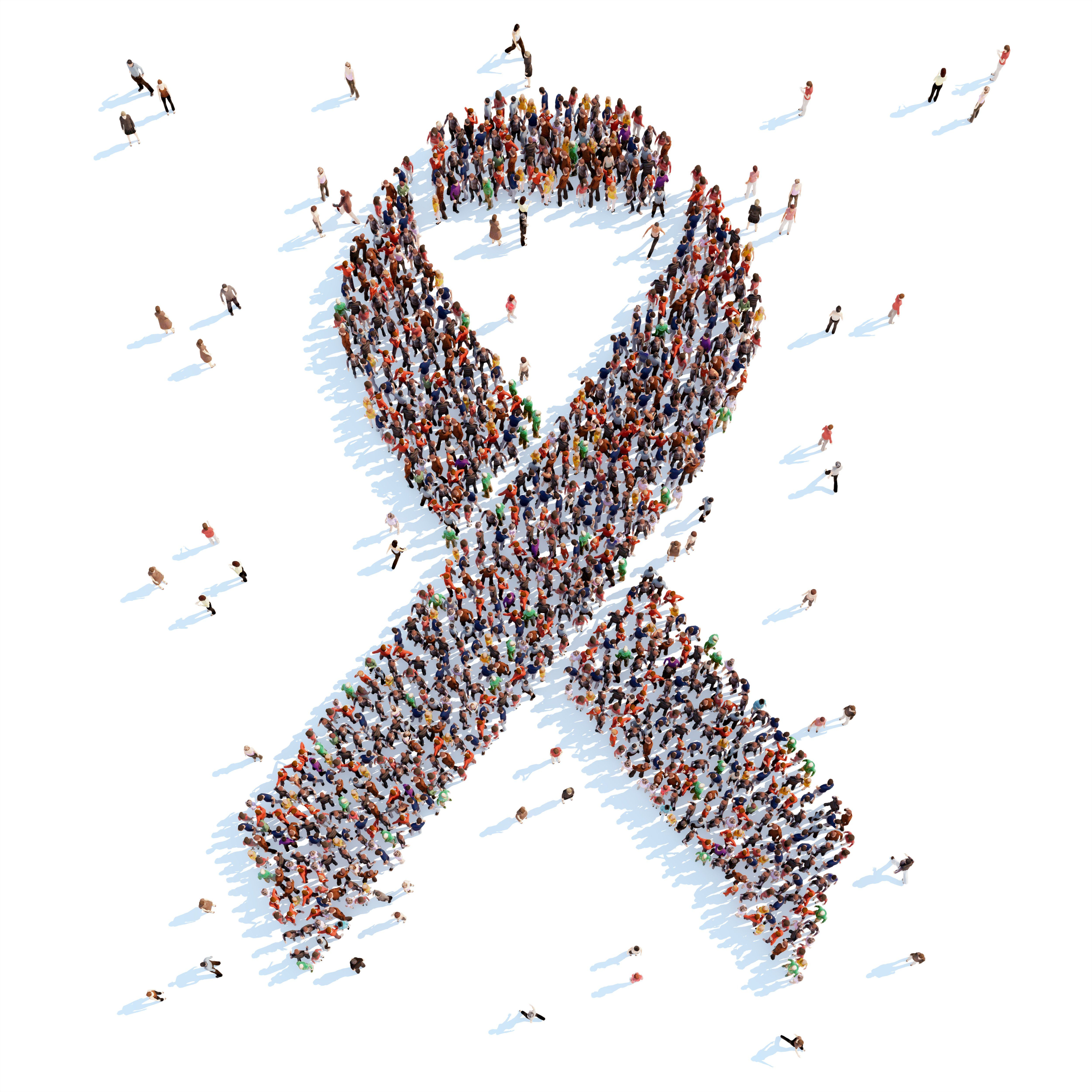Study Explores Racial Inequalities in Liver Cancer Deaths After Launch of Hepatitis C Treatments
"A major clinical and public health priority should be to decrease racial inequalities in mortality following the introduction of lifesavings drugs in the United States and worldwide.”

Racial inequalities in mortality from liver cancer grew substantially after the introduction of hepatitis C virus (HCV) drugs in the United States, according to a new study published in EClinicalMedicine.
Death rates for hepatocellular carcinoma (HCC) have doubled in the United States since 1979, increasing at the highest rate of all malignancies in both men and women. HCV is the leading cause of liver cancer and in 1988, lifesaving drugs to treat the condition were approved and launched. However, these therapies, although crucial for the treatment of HCV, were prohibitively expensive for some.
Racial inequalities in mortality following the introduction of lifesaving, albeit expensive drugs, in the United States have previously been reported for HIV and respiratory distress syndrome of the newborn. Investigators from Florida Atlantic University’s Schmidt College of Medicine aimed to explore racial inequalities in mortality from liver cancer based on the introduction of lifesaving therapies for HCV.
“A major clinical and public health priority should be to decrease racial inequalities in mortality following the introduction of lifesavings drugs in the United States and worldwide,” senior investigator Charles H. Hennekens, MD, DrPH, said in a press release.
For the study, the investigators obtained mortality data, including overall age-adjusted and age-specific rates by person, place, and time, and placed focus on those aged 55 years and older, because this age group accounts for 83% of all deaths from HCC, according to the study.
Overall, the results showed that, between 1979 and 1998, racial inequalities in mortality in this age group showed a steady decline, followed by a steady increase between 1998 and 2016. The investigators noted that the apparent increase was greater among black Americans than among white Americans. According to the data, the rate for black Americans increased from 9.4 per 100,000 in 1998 to 16.7 per 100,000 in 2016, an increase of 77.7%. The corresponding values for white Americans were 7.2 to 10.3, an increase of 43.1%.
“These descriptive data demonstrate decreasing racial inequalities in HCC mortality before and increasing racial inequalities after the introduction of lifesaving drugs for HCV in the US,” the investigators wrote in the study.